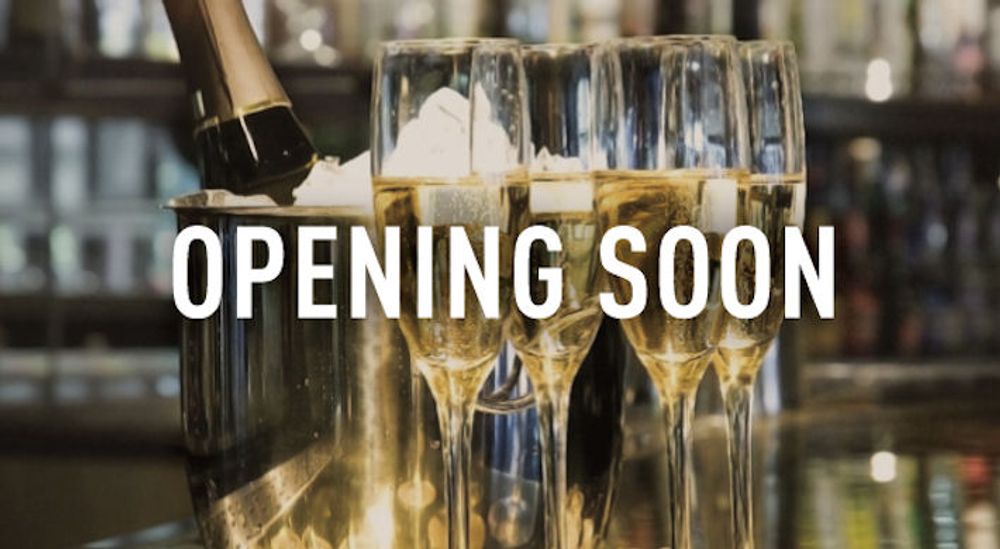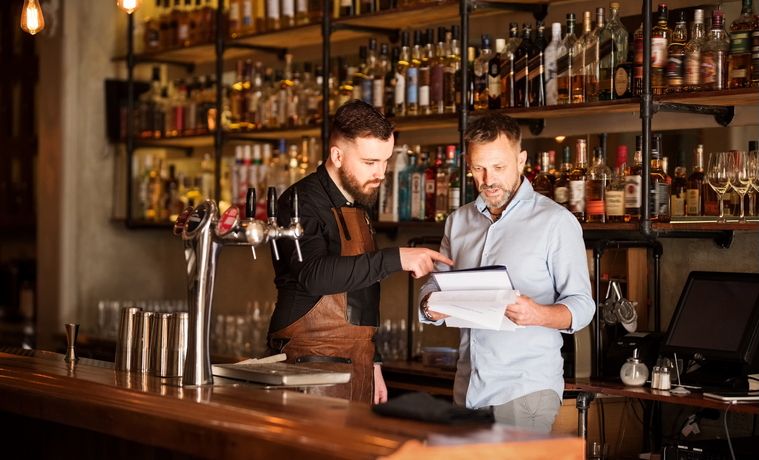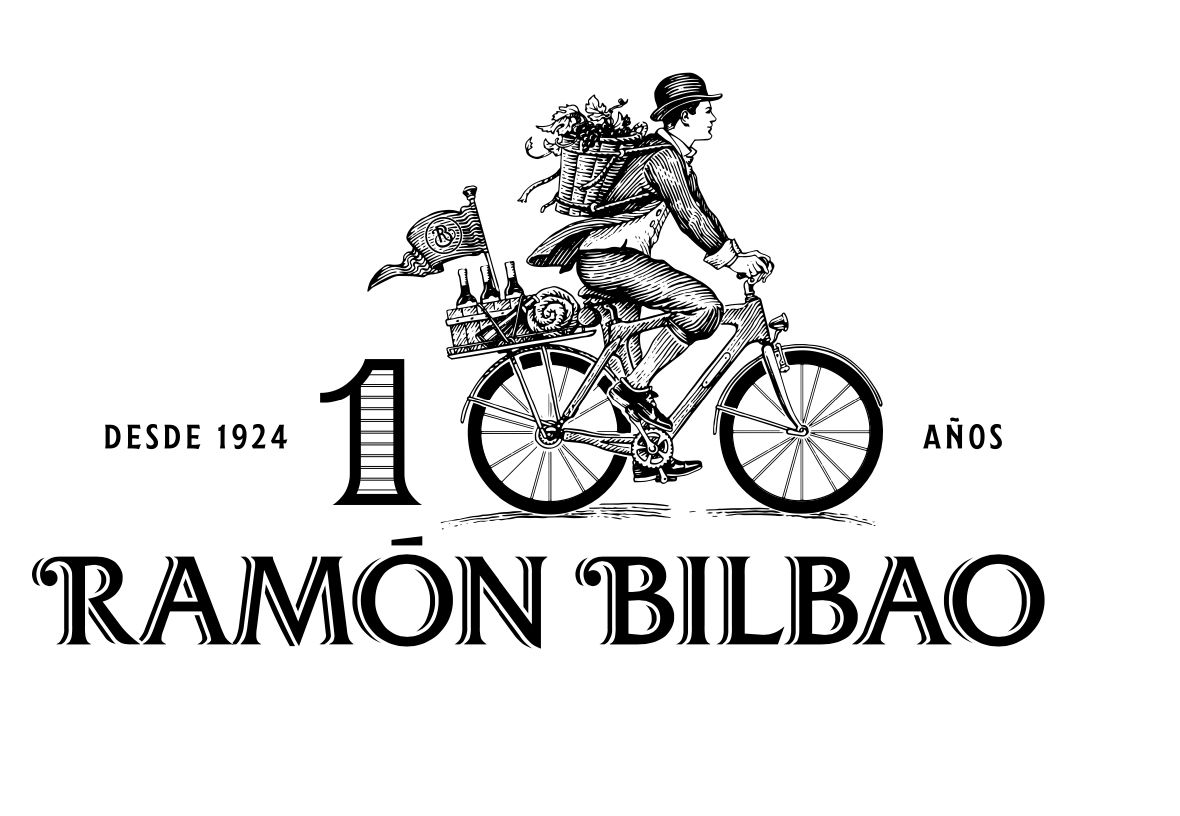After a period of unprecedented growth across the restaurant sector it is not surprising the brake is starting to be applied as we move further in to what is proving to be already an uncertain 2016.
The overall economic instability will only intensify as the country braces itself for the European Union referendum on June 23. Closer to home there is also the impacts the new Living Wage and rises to the National Minimum Wage will have on the on-trade to fathom.
All of which is being played out against what the Chancellor, George Osborne, as an overall “disruptive” and “highly uncertain” global economy.
This slowdown in the on-trade is reflected in the latest figures from Coffer Peach Tracker, which shows growth, across the 31 managed pub and restaurant groups it follows, flatten in February. This, it said, demonstrated “growing sense in the market that 2016 will be a tougher year than last”.
Its February figures show a 0.0% like-for-like sales rate for February against the same period last year. London, however, continues to buck the trend with like-for-likes up 0.9%, against a 0.3% decline in the rest of the country.
Peter Martin, vice-president of CGA Peach, the on-trade insights consultancy which runs the Tracker alongside the Coffer Group, RSM and UBS, said: “The numbers will be a disappointment for the sector, coming on the back of a bright start to the year, with January like-for-likes up 1.9%, but they reflect a growing sense in the market that 2016 will be a tougher year than last.”
Openings across the country
That said there is still plenty of activity around the country, with total sales in February up 3.2% year-on-year, driven by new openings outside of London.
“However, we are also seeing the rate of restaurant openings slow this year, as the market perhaps becomes a little more cautious,” added Martin.
“Casual dining chains collectively also did better than the wider pub and bar market, with like-for-likes up 1.6% on February 2016 against a 0.8% fall for managed pubs.”
This is still, however, a sector very much on the front foot. Of the 260 senior executives covered by the CGA Peach Business Leaders survey, it shows 75% are either optimistic or very optimistic about the year ahead.
This is tempered a little as it is down on the 93% level from this time in 2015.
Steady as she goes

The sector can still expect like-for-likes running at 1.7% up for the 12 months to February 2017, with encouragingly the rest of the country performing slightly better than London.
Trevor Watson, executive director, valuations, at Davis Coffer Lyons, said: “In spite of insatiable operator demand for sites, the rate of new openings does appear to be slowing slightly, which is a trend we expect to see continue for much of 2016. Although consumer confidence is steady, we expect to see some business investment decisions held back until after the referendum, which could lead to increased corporate activity in quarter three and quarter four of 2016.”
Paul Newman, head of leisure and hospitality at RSM, said: “Although disappointing, it comes as no real surprise that the surge in supply and convergence across eating and drinking-out formats is now starting to slow growth and put downward pressure on like-for-like sales. Competition among operators is set to intensify and the winners will be those who can best balance site expansion with innovative menu development and competitive pricing.”







































